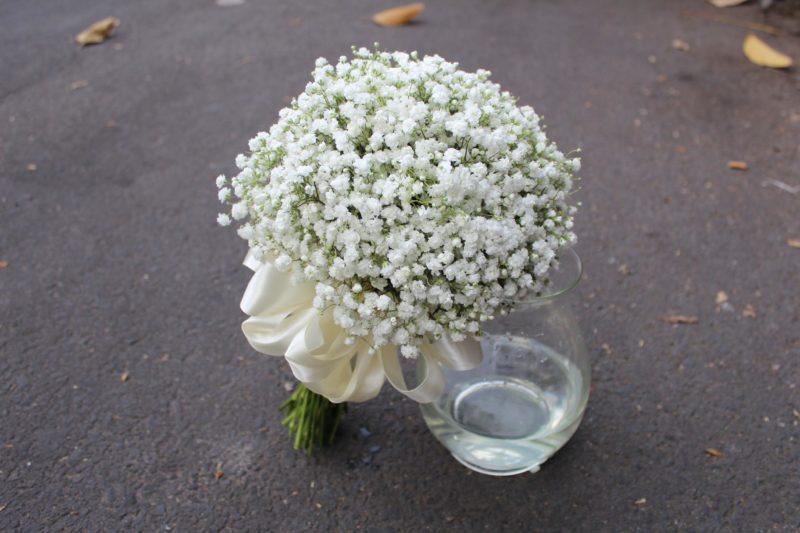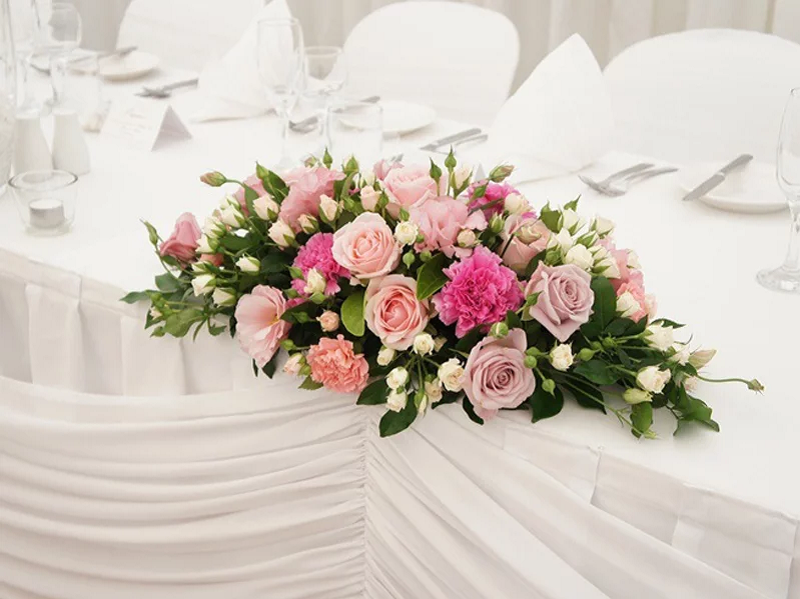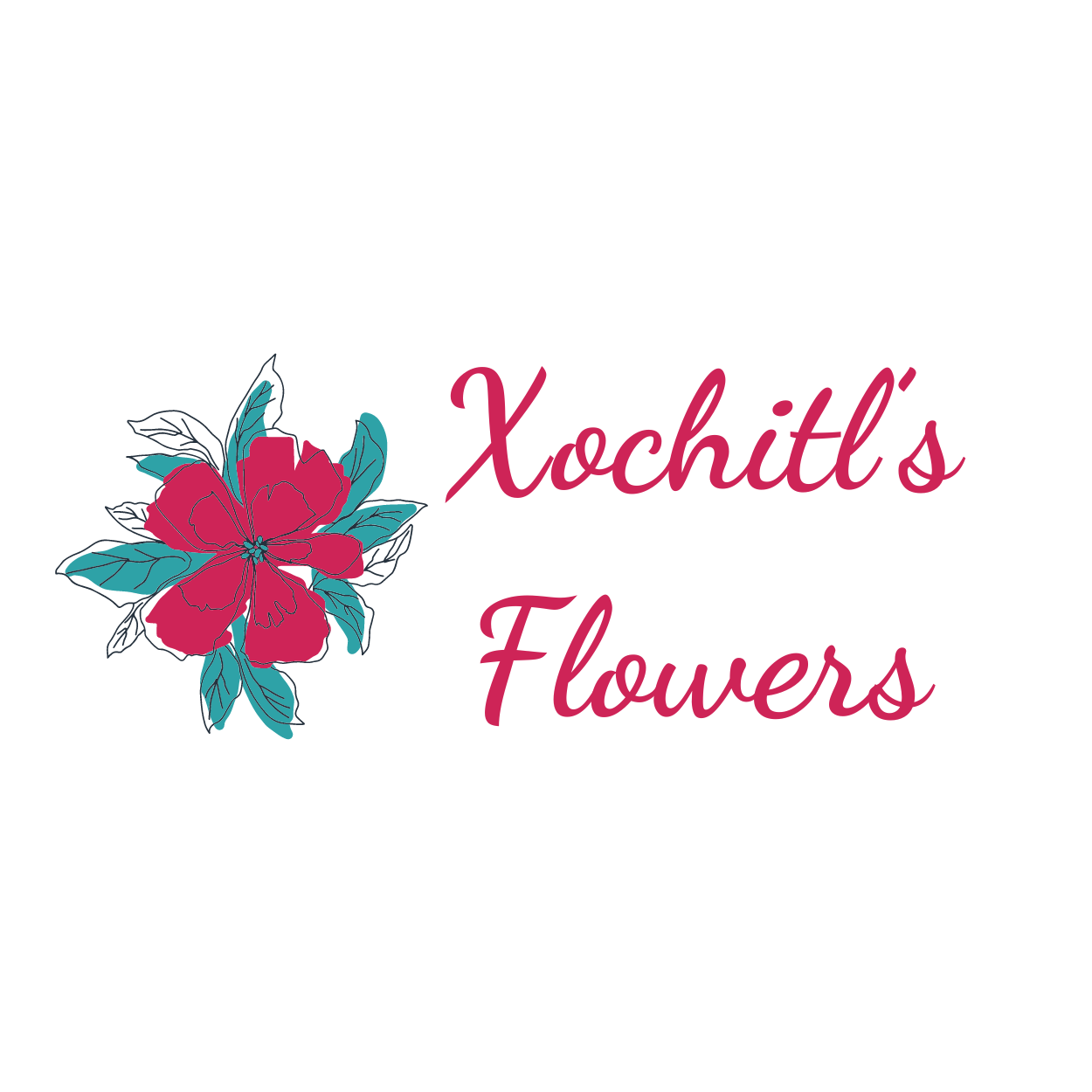Flowers are a fundamental element of wedding décor, setting the tone and enhancing the beauty of the special day. From the bridal bouquet to the reception centerpieces, well-arranged flowers add elegance and charm to any wedding. Whether you’re planning to arrange the flowers yourself or working with a professional florist, understanding how to create stunning floral displays is key. This comprehensive guide will walk you through every step of arranging wedding flowers, offering tips and techniques to ensure your floral arrangements are as beautiful as your celebration.
Planning and Preparation
Budget Considerations
Allocating Funds: Start by determining your budget for flowers. Allocate funds based on the importance of floral arrangements in your overall wedding décor. Decide whether you will use a professional florist or take a DIY approach.
Professional vs. DIY: Hiring a florist can provide access to expertise and a wider variety of flowers. However, arranging flowers yourself can be more cost-effective and personalized.

Understanding the Wedding Theme
Matching the Theme: Ensure that your floral arrangements complement your wedding theme and color scheme. Choose flowers that align with the overall aesthetic of your event.
Incorporating Seasonal Blooms: Select flowers that are in season to ensure freshness and reduce costs. Seasonal blooms also enhance the thematic coherence of your wedding.
Selecting the Right Flowers
Popular Wedding Flowers: Consider classic choices such as roses, peonies, and lilies. These flowers are popular for their beauty and symbolism.
Seasonal Availability: Research which flowers are available during your wedding season. This will help you select blooms that are not only beautiful but also accessible.
Types of Wedding Flower Arrangements
Bouquets
Bridal Bouquet: Choose a style that suits your personal taste. Options include traditional cascading bouquets, elegant round bouquets, or modern hand-tied designs.
Bridesmaids’ Bouquets: Ensure these bouquets coordinate with the bridal bouquet but are distinct enough to highlight the bridesmaids. Variations in size and style can create a harmonious yet varied look.
Ceremony Flowers
Aisle Decorations: Enhance the ceremony space with flower petals, lanterns, or small floral arrangements on pews or chairs.
Altar or Arch Arrangements: Use floral arches, trellises, or arrangements at the altar or podium to create a stunning focal point for the ceremony.
Reception Flowers
Table Centerpieces: Choose between low arrangements (e.g., in vases or bowls) and high arrangements (e.g., on pedestals or risers) to suit the reception tables.
Other Decorations: Consider adding floral garlands, swags, or a flower wall as unique touches to the reception décor.
Selecting and Preparing Flowers
Choosing Fresh Flowers
Identifying Quality Blooms: Look for flowers with firm stems, vibrant colors, and no signs of wilting. Fresh flowers will last longer and look more appealing.
Checking Freshness: Ensure flowers are properly hydrated and have not been stored for too long, as this affects their longevity.
Preparing Flowers
Cutting and Conditioning: Cut flower stems at an angle and place them in water immediately. This helps hydrate the flowers and prolong their freshness.
Removing Foliage: Strip leaves from the lower parts of the stems to prevent water contamination and improve the appearance of the arrangement.

Arranging Supplies
Floral Foam or Kenzan: These tools help secure and stabilize flowers in arrangements.
Floral Tape, Wire, and Glue: Use these for additional support and to achieve the desired structure in your arrangements.
Vases and Containers: Select containers that match the style and size of your arrangements.
Techniques for Arranging Wedding Flowers
Basic Principles
Balance: Distribute flowers evenly around the arrangement to achieve visual harmony.
Proportion: Ensure the size of the flowers is in proportion to the container and the overall arrangement.
Focal Points: Create a central point of interest to draw attention and guide the composition of the arrangement.
Step-by-Step Arrangement
Creating Bouquets: Start by preparing the bouquet base, adding focal flowers and fillers, and securing the stems with floral tape or wire.
Designing Centerpieces: Choose container types, layer flowers and foliage, and finalize the arrangement with finishing touches.
Advanced Techniques
Creating Depth: Layer flowers to add dimension and visual interest.
Experimenting with Color and Texture: Combine different colors and textures to enhance the arrangement’s appeal.
Using Floral Tape and Wire: Incorporate these tools for added support and to shape the arrangement as desired.
DIY vs. Professional Florist
Benefits of DIY
Cost Savings: DIY arrangements can be more budget-friendly and allow for personal customization.
Personal Touch: Creating your own floral designs adds a unique, personal element to your wedding décor.
Advantages of Professional Florist
Expertise and Experience: Florists bring professional skills and knowledge, ensuring high-quality arrangements.
Access to Resources: Professionals have access to a broader range of flowers and materials.
Combining Both Approaches
DIY for Smaller Arrangements: Consider DIY for personal touches like bridesmaids’ bouquets or small centerpieces.
Professional Help for Large Designs: Use a florist for more complex or large-scale floral arrangements.
Final Touches and Presentation
Adding Personal Touches
Incorporating Sentimental Items: Personalize arrangements with elements like family heirlooms or meaningful accessories.
Customizing Arrangements: Tailor floral designs to reflect the couple’s style and preferences.
Preparing for the Big Day
Transporting Flowers: Ensure flowers are transported safely to maintain their freshness and appearance.
Timing for Setup: Plan the timing of flower delivery and setup to ensure everything is ready before the wedding begins.
Post-Wedding Considerations
Flower Preservation: Explore methods for preserving flowers, such as drying or pressing, to keep memories alive.
Donating Flowers: Consider donating flowers to hospitals or charities after the wedding.
Conclusion
Arranging wedding flowers is both an art and a science, requiring careful planning, creativity, and attention to detail. By understanding the basic principles, selecting the right flowers, and choosing the appropriate techniques, you can create stunning floral displays that enhance the beauty and ambiance of your special day. Whether you opt for DIY arrangements or enlist the help of a professional florist, your floral designs will play a pivotal role in making your wedding unforgettable. Embrace the process, infuse your personal style, and enjoy crafting beautiful flower arrangements that reflect the joy and love of your celebration.
